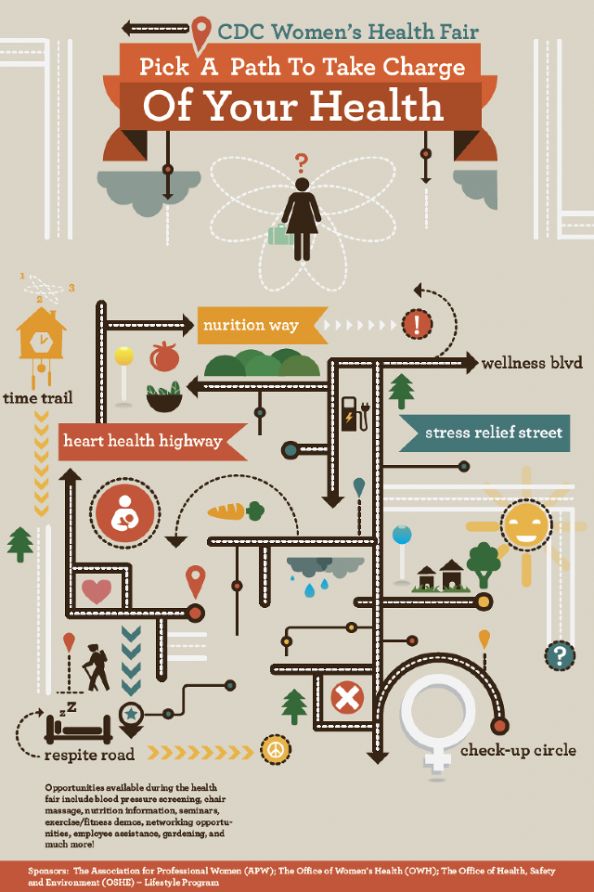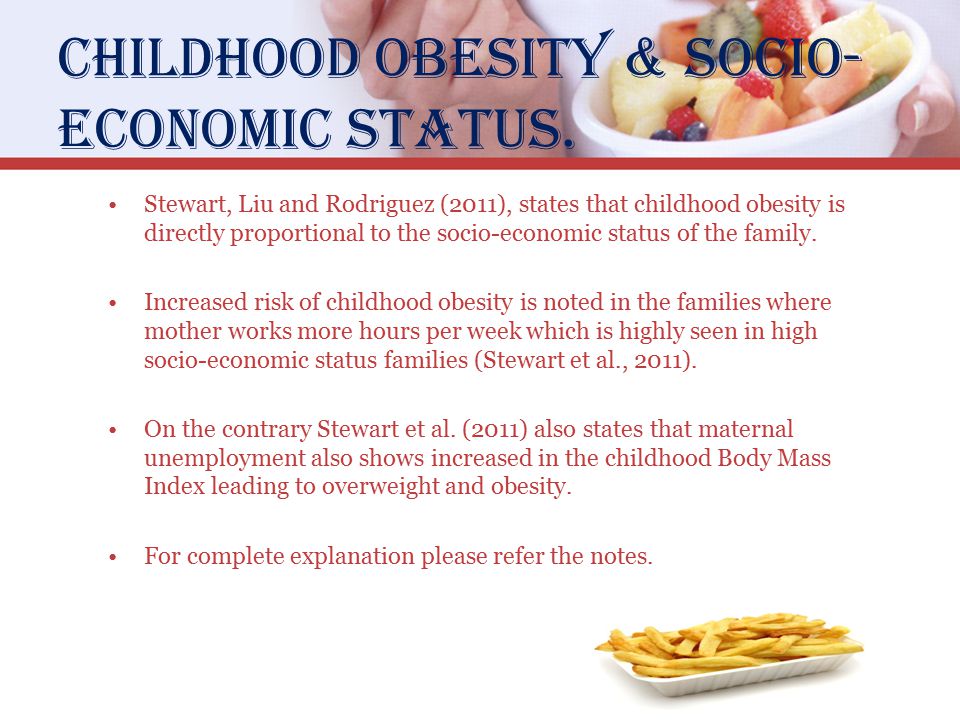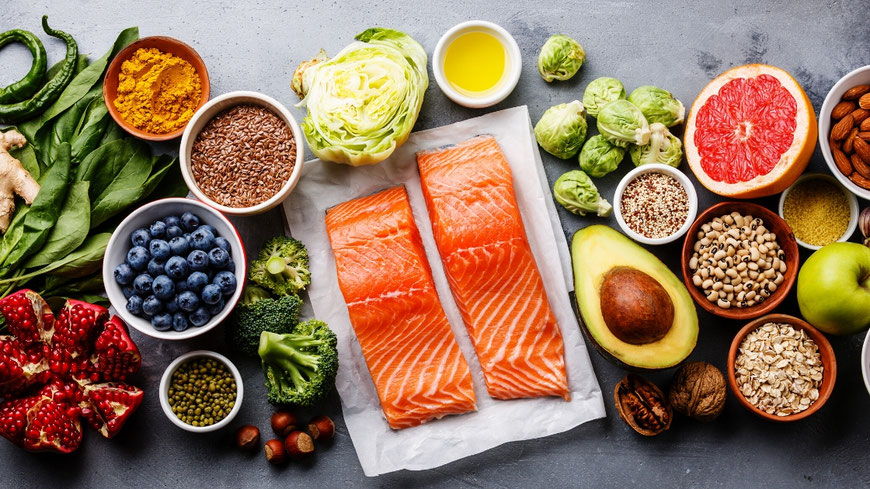
It is important to make a list before you start shopping for healthy foods. You can make sure you are only shopping for healthy foods, and you won't be distracted by tempting other food options. Once you have made your list, you can head to the shop. You should avoid impulse buying and ensure that you read all labels before you make a purchase. This will also keep you focused on the fruits and vegetables you need. Low in fat and sugar foods are also recommended. This will help you adhere to your healthy eating plan.
Look for healthier alternatives when shopping. A variety of brands have healthy options available. Organic, locally-grown produce is always the best. And if you're on a budget, look for more affordable, healthy alternatives. You can redeem your rewards to purchase more fruits and veggies. Earn more money for shopping healthy. These rewards can also be used to buy more fruits, vegetables, and to eat out at a restaurant.

Also, be open to trying new foods and drinks. These foods are healthier than processed foods and will give you more energy and feel better. You can also make your shopping list into a PDF and save it for future reference. You can print the shopping list to take with you when you shop. These shopping lists are not only good for your health, but they are also very easy to follow and can save you money in the long run.
Sign up for healthy rewards programs to make shopping healthier and more convenient. Many of these rewards programs offer incentives and educational tools that promote healthy living. You can also choose to purchase healthier food at grocery stores. A few of them offer up to $500 in cash rewards when you shop for them. There are several participating health insurance providers. Signing up for the program will automatically enroll you in a program. The cash earned can be used to make healthier purchases.
Look for healthy products when shopping. Purchasing healthy products will help you live a healthier life. Your health is the most important aspect of your life. Your health will determine your success. Eat healthy. Those are the things that you should be looking for in a healthy shopping list. You should make sure to choose foods that contain these ingredients, and then you'll be able to live a healthy lifestyle.

Healthy shopping rewards are a great way to stay on track. These rewards can be used to reward healthy food choices. You can get cash rewards by signing up for this program at participating grocery shops. This will give you more money to spend on healthy products. Combining healthy and unhealthy products can help you save up to 50% when shopping between brands. Once you're enrolled, you'll be rewarded with points each time you make a healthy shopping trip.
FAQ
What's the difference of a calorie versus a Kilocalorie?
Calories can be used to measure how much energy is in food. A calorie is a unit of measure. One calorie contains the energy needed to raise the temperature of one gram of water by one degree Celsius.
Kilocalories are another term for calories. Kilocalories are expressed in thousandths (or a calorie). 1000 calories, for example, equals one kilocalorie.
What is the difference of a virus from a bacteria?
A virus is a microscopic organism which cannot reproduce outside of its host cell. A bacterium, a single-celled organism, reproduces by splitting into two. Viruses can be as small as 20 nanometers, while bacteria can grow up to 1 micron.
Viruses are often spread through contact of infected bodily fluids like saliva, urine or semen. Bacteria is usually spread directly from surfaces or objects contaminated with bacteria.
Viral infections can be transmitted through skin cuts, scrapes and bites. They can also penetrate the skin through the eyes, nose or mouth.
Bacteria can be introduced to our bodies by cuts, scrapes or burns. They may also be introduced into our bodies through food and water as well as soil, dirt, dust, and animals.
Both bacteria as well as viruses can cause illness. But viruses can't multiply within their hosts. They can only infect living cells and cause illness.
Bacteria can spread within the host and cause illness. They can spread to other parts of our bodies. Antibiotics are needed to eliminate them.
What is the difference of fat and sugar?
Fat can be a source of energy that is obtained from food. Sugar is a sweet substance found naturally in fruits and vegetables. Both sugars and fats have the same calories. Fats however, have more calories than sugars.
Fats can be stored in the body, which can lead to obesity. They cause cholesterol buildup which can lead to strokes and heart attacks.
Sugars can be quickly absorbed by your body and give you instant energy. This causes blood sugar levels to rise. High blood glucose levels can lead to type II diabetes.
How can you live a healthy life?
Healthy lifestyles include eating right, exercise regularly, getting enough rest, managing stress, having fun, and eating healthy. Healthy eating means avoiding sugary and processed foods. Exercise strengthens your muscles and helps you lose calories. Sleeping enough is good for memory and concentration. Stress management is a way to reduce anxiety levels and depression. Fun keeps us happy and healthy.
How can I get enough vitamins?
Your diet can provide most of your daily requirements. Supplements can be helpful if you are lacking in any one vitamin. A multivitamin can contain all the vitamins that you need. You can also purchase individual vitamins at your local drugstore.
Talk to your doctor if there are any concerns about getting enough nutrients. The best sources of vitamins K, E, and C are found in dark green leafy veggies such as spinach and broccoli, kale.
If you are not sure how much vitamin you should be consuming, ask your doctor. The doctor will determine the proper dosage based upon your medical history as well as your current health.
Statistics
- Extra virgin olive oil may benefit heart health, as people who consume it have a lower risk for dying from heart attacks and strokes according to some evidence (57Trusted Source (healthline.com)
- nutrients.[17]X Research sourceWhole grains to try include: 100% whole wheat pasta and bread, brown rice, whole grain oats, farro, millet, quinoa, and barley. (wikihow.com)
- According to the Physical Activity Guidelines for Americans, we should strive for at least 150 minutes of moderate intensity activity each week (54Trusted Source Smoking, harmful use of drugs, and alcohol abuse can all seriously negatively affect your health. (healthline.com)
- According to the 2020 Dietary Guidelines for Americans, a balanced diet high in fruits and vegetables, lean protein, low-fat dairy and whole grains is needed for optimal energy. (mayoclinichealthsystem.org)
External Links
How To
What does "vitamin" actually mean?
Vitamins can be described as organic compounds found in food. Vitamins are essential for our bodies to absorb nutrients from the foods we eat. Vitamins are not made by the body, so they must be obtained through food.
There are two types of vitamins: water soluble and fat soluble. Water soluble vitamins dissolve easily in water. Examples include vitamin C,B1 (thiamine), B2 (riboflavin), B3 (niacin), B6 (pyridoxine), folic acid, biotin, pantothenic acid, and choline. Fat soluble vitamins are stored in the liver and fatty tissue. You can find vitamin D, E K, A, beta carotene, and other fat-soluble vitamins.
Vitamins are classified according their biological activity. There are eight major categories of vitamins.
-
A - Vital for normal growth and maintaining good health.
-
C - essential for nerve function and energy generation.
-
D - necessary for healthy bones and teeth.
-
E is necessary for good vision, reproduction.
-
K - essential for healthy muscles, nerves, and bones.
-
P – vital for building strong bones.
-
Q – aids digestion of iron and iron absorption
-
R - necessary for making red blood cells.
The recommended daily allowance (RDA) of vitamins varies depending on age, gender, and physical condition. The U.S. Food and Drug Administration, (FDA), sets the RDA value.
For adults over 19, the RDA for vitaminA is 400 micrograms per daily. For fetal development, pregnant women need 600 mg per day. Children ages 1-8 require 900 micrograms per day. Children under 1 year old require 700 micrograms daily, while infants over one year old need 500 micrograms every day. This decreases between 9 and 12 months.
Children between the ages of 1-18 need 800 micrograms per daily for obesity, while children overweight require 1000 micrograms. Children underweight or obese will need 1200 mg per day.
Children ages 4-8 years who have been diagnosed with anemia need 2200 micrograms per day of vitamin C.
2000 micrograms daily is required for adults over 50 to maintain their general health. Due to their increased nutrient needs, pregnant and breastfeeding women need 3000 micrograms daily.
Adults over 70 years of age need 1500 micrograms per day since they lose about 10% of their muscle mass each decade.
Women who are pregnant, nursing or breastfeeding need more than the RDA. Pregnant women need 4000 micrograms per dayduring pregnancy and 2500 micrograms per day after delivery. Breastfeeding mothers require 5000 micrograms daily when breast milk production is occurring.